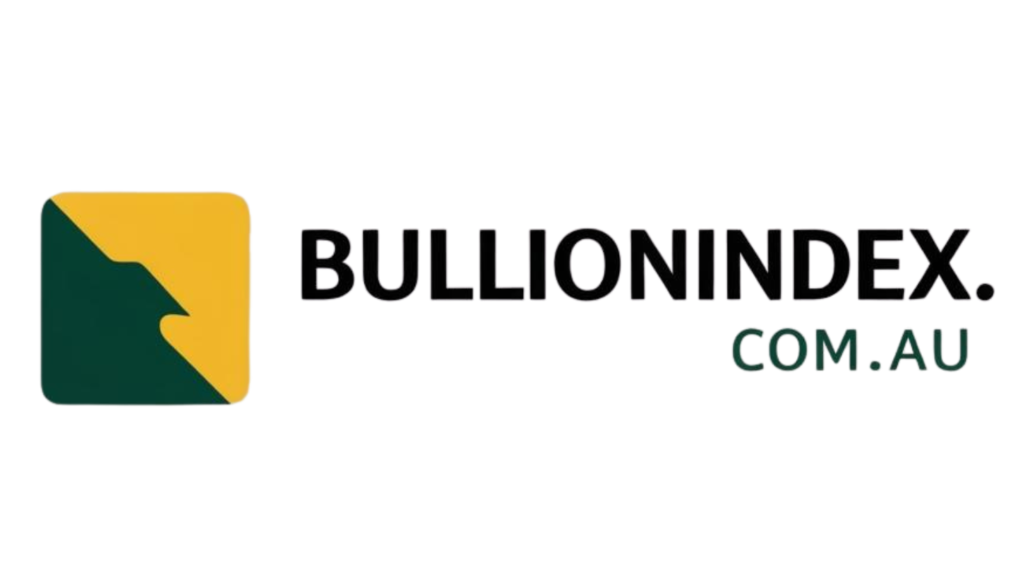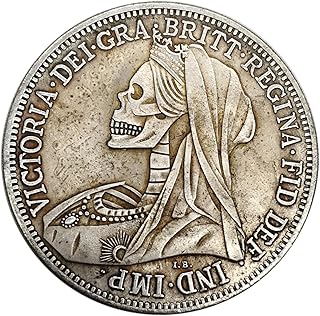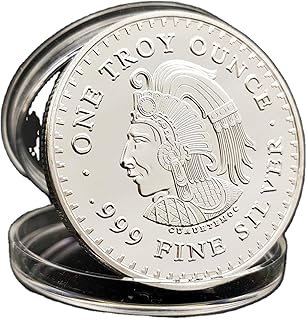On September 5, 2025, silver traded at $40.76 per ounce, marking a slight decrease from the previous day but reflecting an impressive 44% surge over the past year. This precious metal’s price fluctuations are closely monitored by investors and analysts for various reasons, including its historical performance and unique characteristics.
When examining silver’s historical data, it becomes evident that its returns over the long term have not been as robust as those of the stock market. Since 1921, silver has lagged behind the S&P 500 by approximately 96%, emphasizing the importance of diversifying investment portfolios to mitigate risks.
Silver’s allure lies in its ability to preserve value, acting as a hedge against inflation. Referred to as a “store of value,” silver has a track record of retaining purchasing power during periods of rising inflation, making it an attractive asset for investors seeking stability.
Unlike gold, silver is more closely tied to industrial demand due to its applications in various sectors such as electronics and healthcare. This industrial utility adds an element of price sensitivity to silver, distinguishing it from gold, which is primarily viewed as a safe-haven asset in times of economic uncertainty.
Understanding terms like “spot silver” and “price spread” is crucial for those looking to invest in this precious metal. The spot price represents the current market rate for immediate transactions, while the price spread refers to the difference between buying and selling prices, indicating market demand and liquidity.
Investing in silver can be done through physical holdings or exchange-traded funds (ETFs), offering investors different avenues to gain exposure to this commodity. From bullion bars and coins to mining stocks, there are diverse investment options available, each with its own set of considerations and potential benefits.
As of 2025, silver prices have surged by nearly 25%, reaching levels not seen in a decade. This upward trend has sparked interest among investors looking to capitalize on the metal’s momentum, especially with the anticipated rise in industrial demand driven by emerging technologies.
While silver presents opportunities for diversification and hedging against inflation, investors should approach it with a realistic outlook on returns. Gold remains a preferred safe-haven asset due to its market stability, with platinum and palladium sharing similarities with silver in terms of volatility.
As the global economy navigates uncertainty, precious metals like silver continue to attract attention from investors seeking alternative assets. Silver’s recent performance, coupled with its relative affordability compared to gold, positions it as a viable option for those looking to venture into the precious metals market.
Financial advisors typically recommend allocating a modest percentage of one’s portfolio to silver, emphasizing the importance of balanced exposure across different asset classes. Additionally, silver can be held in an Individual Retirement Account (IRA) under certain conditions, providing investors with tax-advantaged options for diversifying their retirement savings.
The driving forces behind silver’s price movements in 2025 include supply constraints and increasing demand from both industrial and investment sectors. These factors have contributed to the metal’s upward trajectory, prompting investors to closely monitor market dynamics and make informed decisions regarding their silver holdings.
📰 Related Articles
- Silver Market Surge Spurs Investor Interest in Mining Companies
- Silver Bullion Prices Surge Amidst Industrial Demand and Investment Interest
- Gold and Silver Prices Soar Amid Record Investor Interest
- Silver Prices Surge Amid Economic Uncertainty and Supply Deficit
- Platinum’s Price Surge Sparks Global Investor Interest in Diverse Sectors






